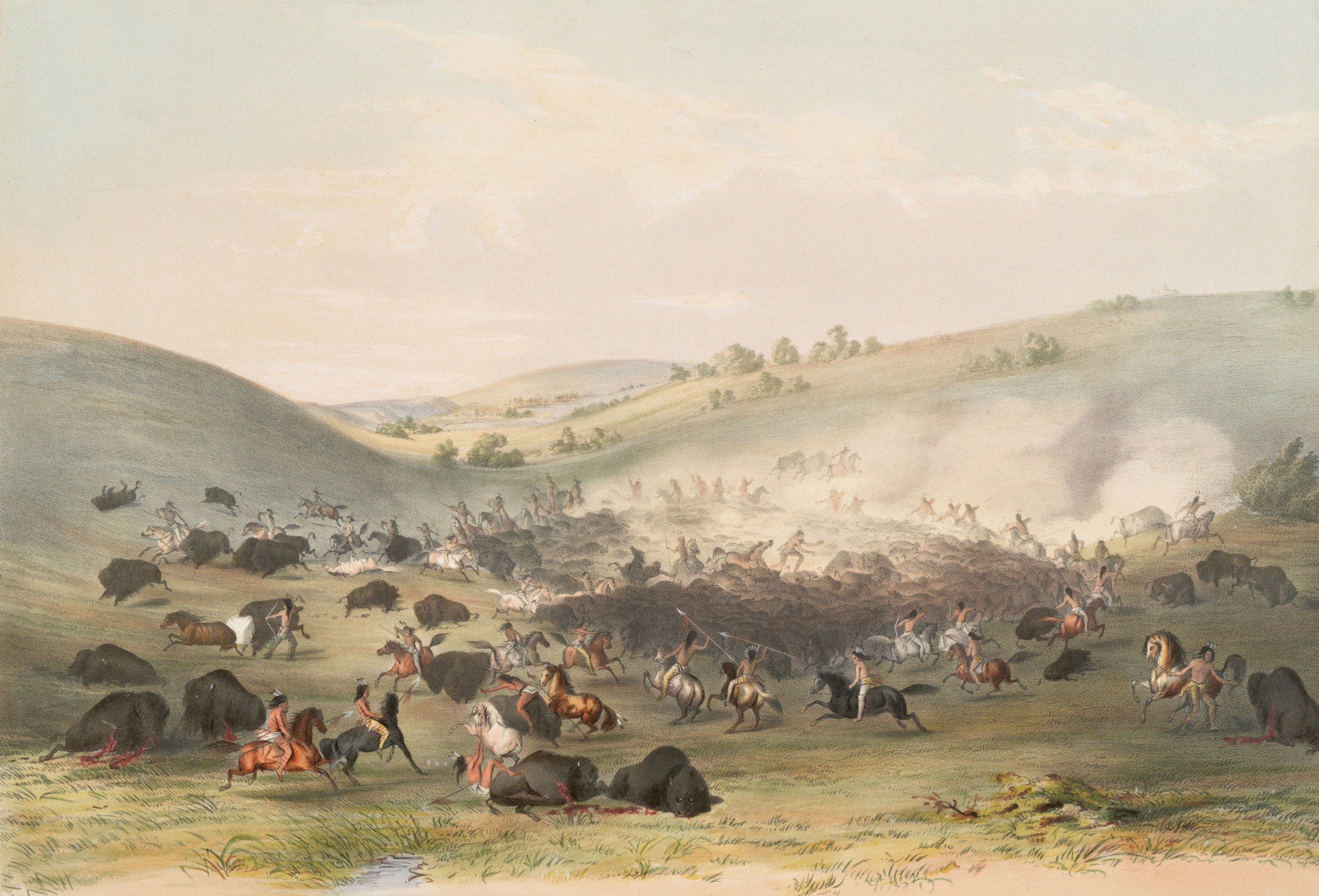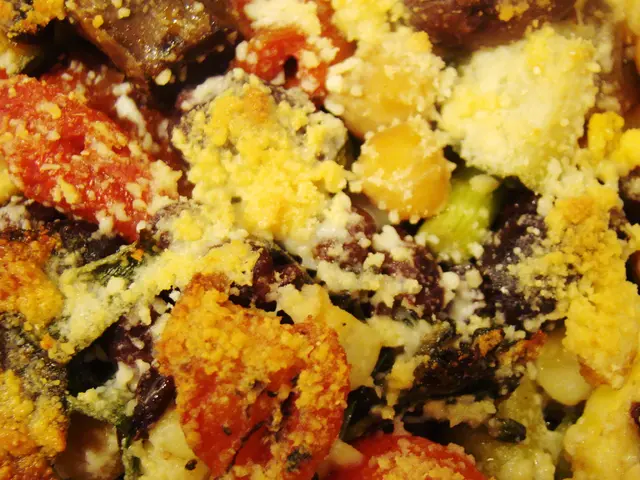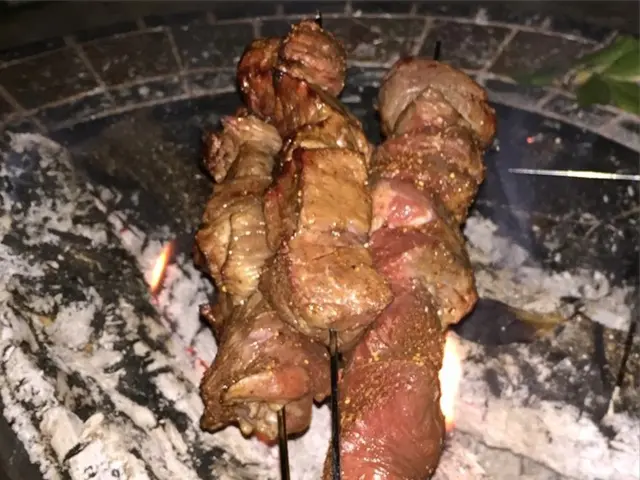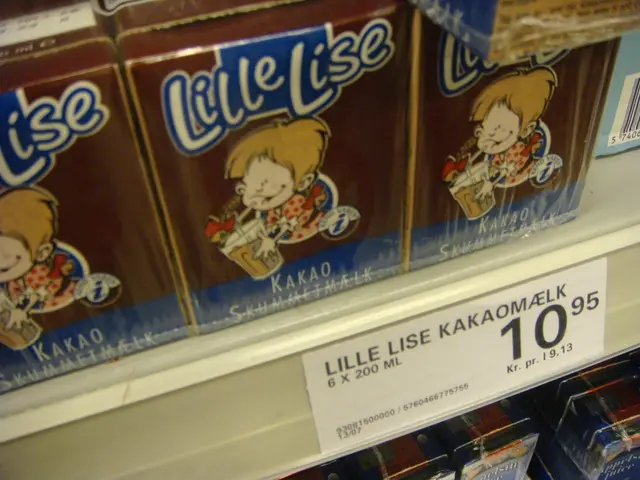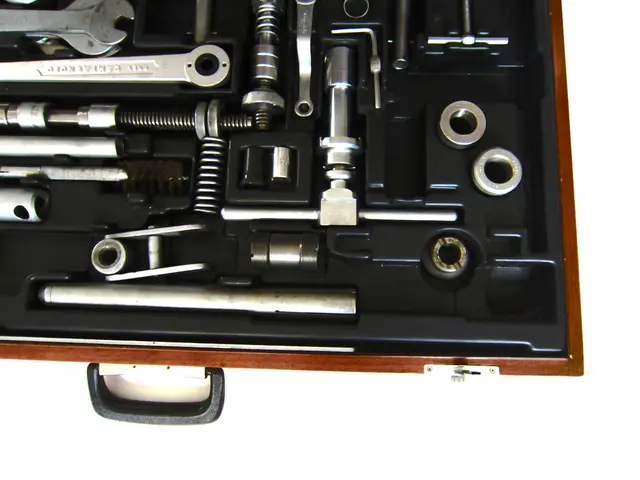Smooth Pasta Preparation: Scientists Reveal a Technique to Eliminate Cheese Clumps - Scientists disclose a secret method in physics
Cooking that perfect cheese pasta dish has troubled many a kitchen novice - namely, the infamous Cacio e Pepe. Consisting of noodles, the Italian hard cheese Pecorino, and pepper, preventing cheese clumps is key to a great dish. But fear not! With physicists now in the mix, we've got your back.
In the journal "Physics of Fluids", scientists from various institutions, including the Max Planck Institute for Complex Physics in Dresden and the University of Padua, have tackled this annoying kitchen riddle. Here's their foolproof method for a clump-free cacio e pepe.
Starch and heat are your best friends
For the perfect sauce, there's an ideal starch-to-cheese ratio of 2-3%. A lower than 1% starch increases the risk of clumping, while more than 4% makes the sauce stiff. That's where the science comes in.
Heat tolerance is crucial. High temperatures breaks down cheese proteins and cause them to clump. So, make sure your water is cool when mixed with cheese to maintain a smooth sauce.
Rely on starch for a consistent outcome
"A true Italian grandmother wouldn't need a science-approved recipe for Cacio e Pepe," the study states. However, for those looking to master the dish, these insights offer a reliable guide.
Trust a starch solution over pasta water. Dissolve 4 grams of potato or cornstarch in 40 grams of water, heat until it gelates, and add another 80 grams of water to cool it down. Now, add 160 grams of Pecorino and mix until it forms a homogeneous consistency, heat, add pepper, and cook the pasta as usual. Voila!
Don't let good cheese go to waste
Co-author Ivan Di Terlizzi from the Max Planck Institute in Germany shared the motivation behind the experiment. "Being Italians living abroad, we'd often cook traditionally and gather with other Italians. Cacio e Pepe seemed both scientifically and culinarily interesting, and, of course, we aim to avoid wasting precious Pecorino cheese."
Tips to Prevent Cheese Clumping in Cacio e Pepe
- Starch Solution: Craft a starch enriched water for a stable emulsion. Mix starch (potato or corn) and water, achieving a gel-like consistency, before adding cheese.
- Temperature Control: Cool your starch-water mixture before combining it with the cheese to prevent unwanted protein denaturation. Gradually heat the mixture once the cheese is added.
- Mixing Technique: Drizzle the starch-water into the cheese while continually stirring, building a smooth, creamy paste without clumping.
By following these tips, you're sure to whip up a delicious and free of cheese clumps Cacio e Pepe pasta dish.
- In the cooking process of Cacio e Pepe, a starch-to-cheese ratio of 2-3% is crucial for a clump-free sauce.
- Maintaining cool water when mixed with cheese is essential to prevent heat-induced protein denaturation, resulting in a smooth sauce.
- For a reliable guide to cooking Cacio e Pepe, trust a starch solution over pasta water, as stated in the study.
- To create the starch solution, dissolve 4 grams of potato or cornstarch in 40 grams of water, heat until it gelates, add another 80 grams of water to cool it down, then add 160 grams of Pecorino and mix until it forms a homogeneous consistency.
- The making of Cacio e Pepe has been viewed as a scientific and culinary challenge, prompting physicists to develop a solution for avoiding cheese clumps, as demonstrated by the study.
- Experimentation in cooking techniques is encouraged to prevent wasting precious Pecorino cheese, such as by using a starch solution and temperature control methods.
